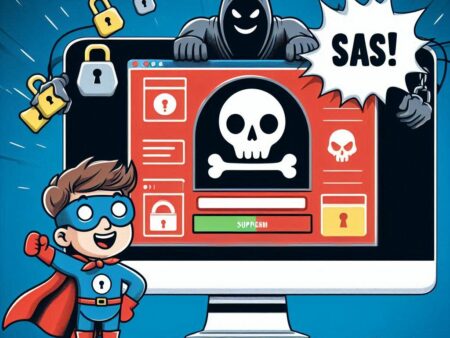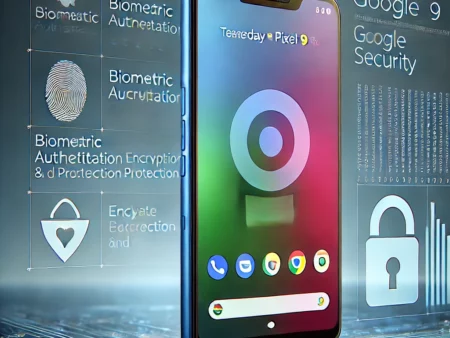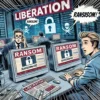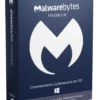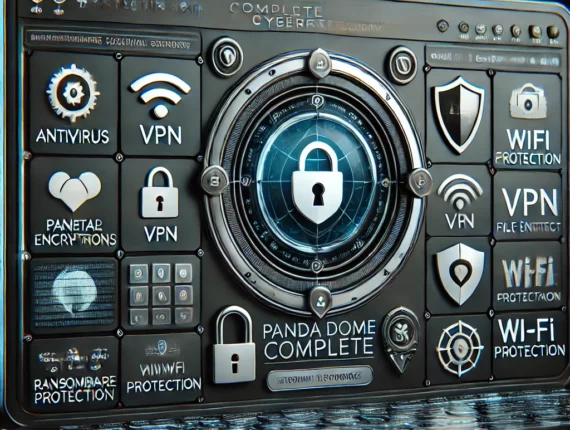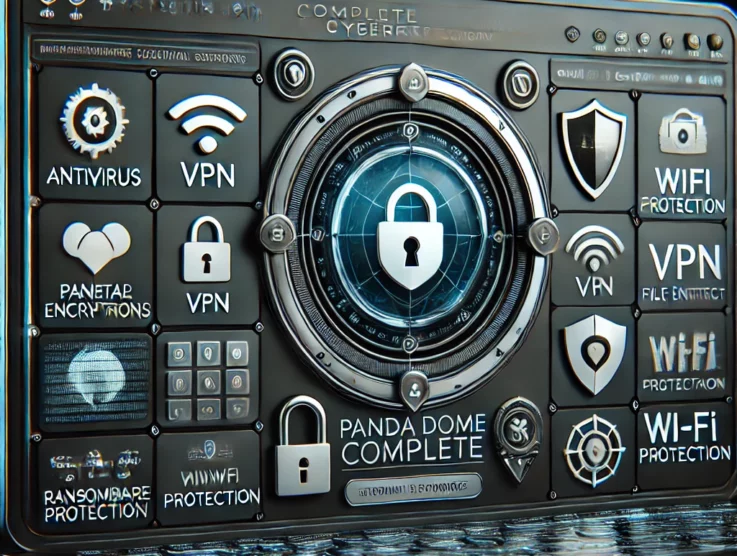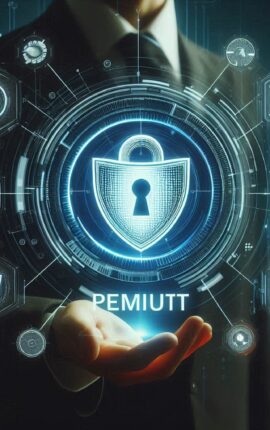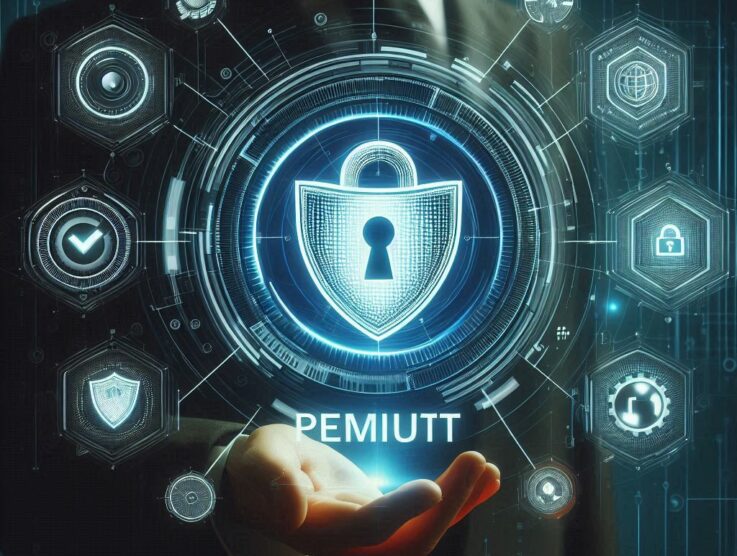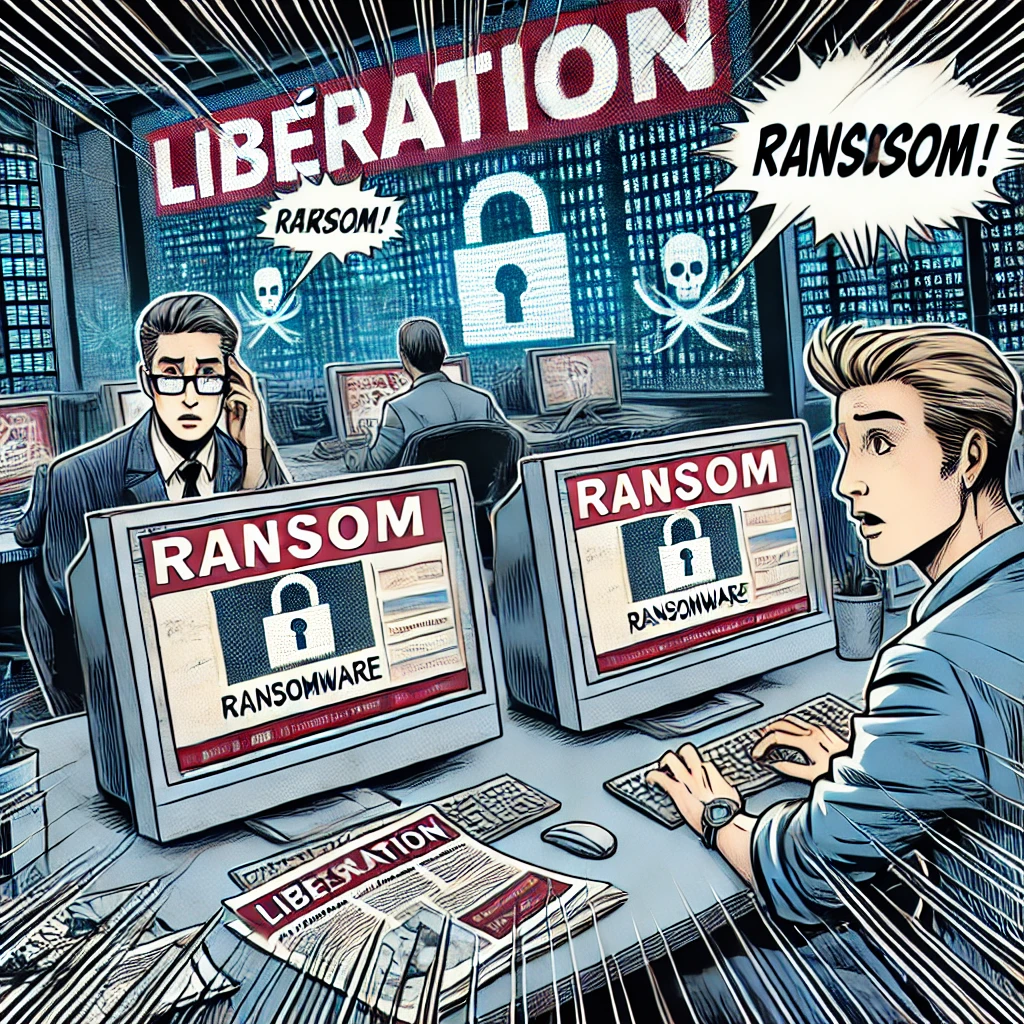
In early October 2024, French newspaper Libération became the latest high-profile victim of a sophisticated cyberattack. As news of the breach spread, cybersecurity experts highlighted its significance not only for media organizations but for other sectors as well. In this article, we’ll explore the Libération cyberattack in detail, examining the technical aspects, the implications for cybersecurity in media, and best practices to prevent similar attacks.
The Attack on Libération: A Case Study
The attack on Libération appears to have leveraged a ransomware attack model, which is one of the most common types of cyberattacks targeting organizations today. Ransomware attacks involve malicious software that infiltrates a network, encrypts data, and demands a ransom for decryption. In the case of Libération, the attackers are suspected of both encrypting sensitive data and threatening to leak confidential information unless their demands were met.
- Attack Vector and Initial Entry Point:
Although specifics are limited, it’s likely that the Libération attackers used phishing or spear-phishing as their primary entry point. In these types of attacks, cybercriminals send emails that appear legitimate but contain malicious links or attachments. Once an employee interacts with the email, malware can be introduced into the system. - Ransomware Deployment:
After gaining access, the attackers likely installed ransomware payloads across Libération’s network. These payloads would systematically encrypt files and critical infrastructure data, rendering it inaccessible to the staff. Double extortion methods are also common; in addition to encrypting files, attackers exfiltrate sensitive data, threatening to publish it if the ransom isn’t paid. - Impact on Operations:
The attack caused considerable disruption, impacting Libération’s daily operations and forcing the company to limit access to its digital infrastructure temporarily. When media organizations face cyberattacks, the consequences are immediate as journalists, editors, and administrative staff lose access to essential tools and systems. This can delay news coverage, affect reporting quality, and damage credibility.
Why Media Outlets Are Vulnerable to Cyberattacks
Media outlets like Libération are often primary targets for cybercriminals due to the high-value data they handle, including sources, research, and unpublished stories. Here are a few reasons why they’re particularly vulnerable:
- Exposure to Targeted Attacks:
Media outlets routinely handle sensitive information and sources, making them susceptible to targeted attacks from state-sponsored actors, hacktivists, or organized cybercriminals. - Digital Transformation Risks:
As media companies transition to digital platforms, they may inadvertently introduce security vulnerabilities. Integration of digital content management systems (CMS) and online publishing tools can expose companies to zero-day vulnerabilities if not adequately patched. - Financial Constraints on Cybersecurity:
Media companies often operate on limited budgets, which restricts the resources they can allocate to cybersecurity. Insufficient investment in firewall protection, endpoint security, and intrusion detection systems (IDS) can leave gaps in defenses, increasing susceptibility to attacks.
The Growing Threat of Ransomware in 2024
According to recent cybersecurity reports, ransomware attacks have surged in 2024. Groups such as LockBit and BlackCat have been linked to multiple high-profile attacks across industries. These groups operate on a Ransomware-as-a-Service (RaaS) model, allowing even less skilled hackers to deploy ransomware for a fee. This model has contributed to a substantial increase in ransomware incidents, affecting sectors from healthcare to critical infrastructure.
In Libération’s case, there’s speculation that a similar RaaS group may have been responsible, though details remain undisclosed. Typically, RaaS groups recruit affiliates who perform attacks and share ransom payments with the primary operators. This business model has proven highly effective, enabling the proliferation of ransomware on a global scale.
The Technical Side of Ransomware: How It Works
To better understand the nature of the attack on Libération, let’s explore the technical mechanisms behind ransomware.
- Initial Access and Lateral Movement:
Once attackers gain access to a network (often through phishing or exploiting vulnerabilities), they employ lateral movement techniques to spread across systems. Credential dumping tools and techniques allow attackers to extract login information and gain access to more privileged accounts. - Data Encryption and Key Management:
Ransomware works by encrypting files using algorithms like AES-256 and RSA-2048. These encryption algorithms are virtually unbreakable without the decryption keys, which attackers typically store on external servers. Victims must pay the ransom to obtain these keys unless they have backups or other means to restore their data. - Data Exfiltration:
In recent years, attackers have increasingly used data exfiltration as part of ransomware attacks. By stealing confidential files, they can apply additional pressure on victims through double extortion, threatening to leak sensitive information. This tactic has been used by many groups, as it increases the likelihood of victims paying the ransom.
Legal and Ethical Considerations in Ransomware Incidents
In cases like Libération’s, companies face complex decisions regarding whether to pay the ransom. While paying can lead to a faster resolution, it also raises ethical and legal concerns:
- Legal Implications:
Some jurisdictions discourage ransom payments, arguing that they fund criminal organizations and encourage further attacks. In some cases, companies could face fines or penalties if they pay ransoms to groups on international sanctions lists. - Data Privacy and GDPR Compliance:
In the EU, General Data Protection Regulation (GDPR) requires organizations to protect user data. In the event of a ransomware attack, compromised data could lead to regulatory penalties, especially if the company’s defenses were deemed inadequate. - Impact on Cybersecurity Practices:
Ransom payments also contribute to the ransomware business model, incentivizing attackers to continue their efforts. Security experts generally recommend against paying, although each organization must weigh the risks.
Best Practices for Ransomware Prevention and Response
For media outlets and other organizations, following best practices in cybersecurity can help prevent and mitigate ransomware attacks:
- Employee Training:
Ransomware frequently enters networks through human error, so regular cybersecurity training is critical. Employees should be able to identify phishing attempts and know best practices for handling suspicious links or attachments. - Regular Backups:
Routine data backups are essential. By maintaining secure, offline backups, organizations can restore their data in case of ransomware encryption, minimizing downtime and financial impact. - Patch Management:
Updating systems to address software vulnerabilities is crucial, as attackers frequently exploit unpatched systems. Patch management should be an ongoing priority to mitigate vulnerabilities like EternalBlue. - Network Segmentation and Zero Trust:
Segmentation divides the network into separate zones, limiting the spread of ransomware if an attack occurs. Zero Trust architecture, which requires verification at every access point, adds a layer of security. - Endpoint Protection and Threat Intelligence:
Implementing endpoint detection and response (EDR) solutions can help organizations identify and respond to ransomware attempts in real-time. Leveraging threat intelligence provides insights into known attack vectors, allowing for proactive defenses.
Conclusion: The Libération Cyberattack and Future of Ransomware Defense
The attack on Libération underscores the urgency of robust cybersecurity in media organizations. With ransomware groups becoming increasingly sophisticated, companies must prioritize comprehensive defenses. As ransomware techniques evolve, adopting a proactive approach to security can make the difference between minimal disruption and severe financial and operational losses.
Libération’s experience serves as a cautionary tale for media and other industries, emphasizing the need for vigilance, regular training, and investments in security infrastructure. In a world where cyberattacks are growing in frequency and complexity, preparedness is the key to resilience.
